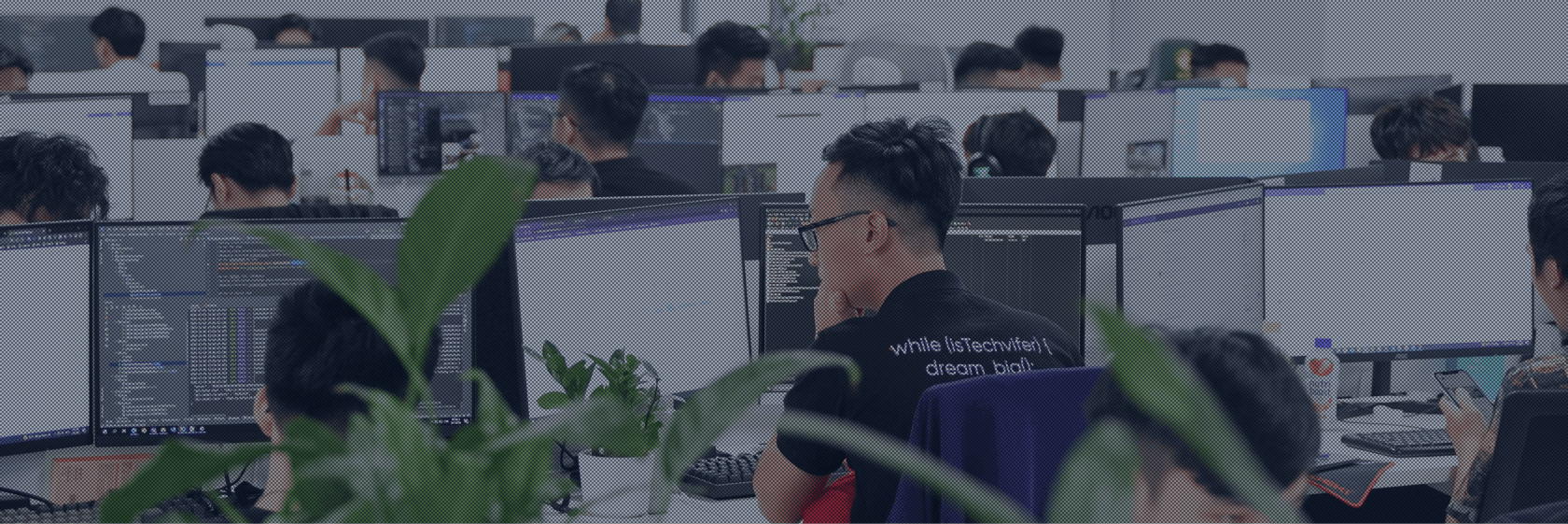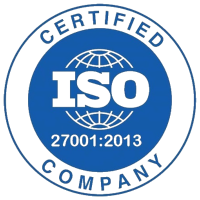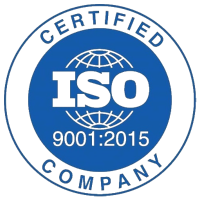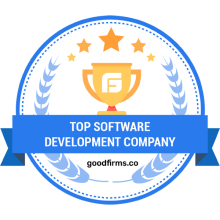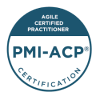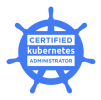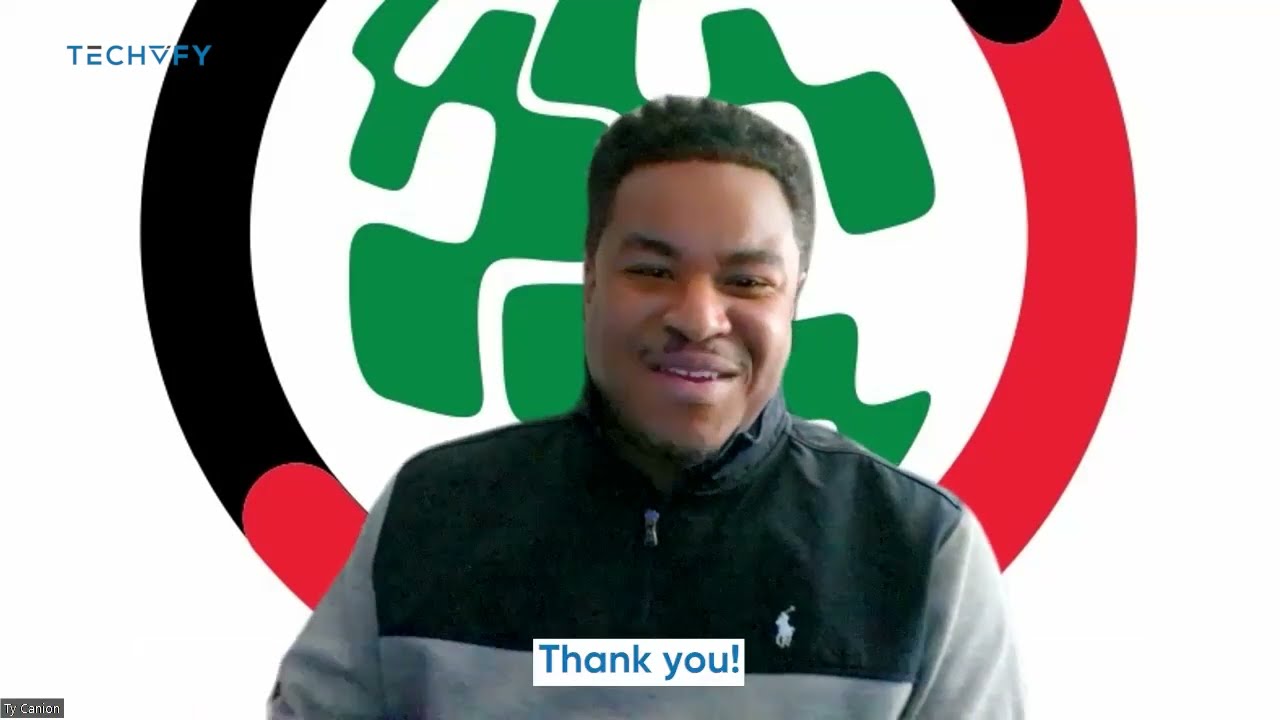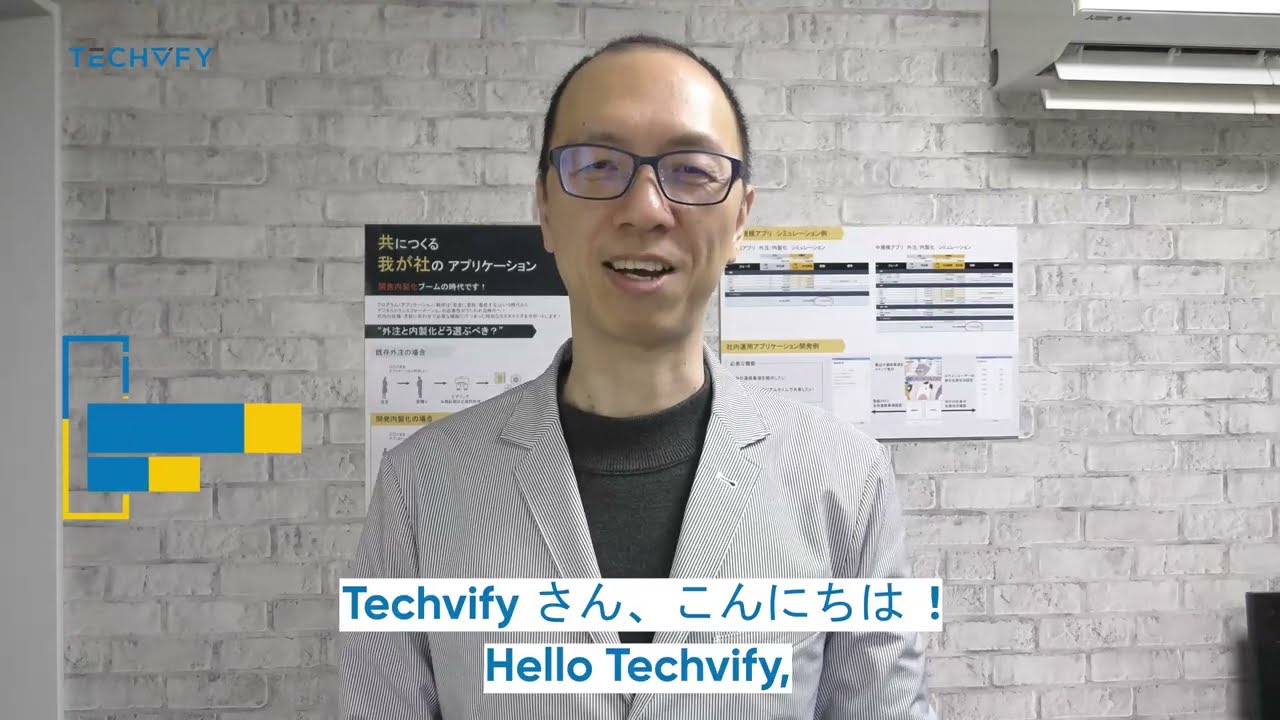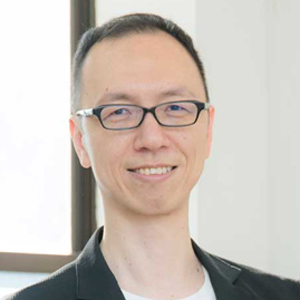Trusted by Global Companies
TECHVIFY Services
TECHVIFY drives your business forward with end-to-end IT services by leveraging the power of the latest technologies.
Top Leading
Software Outsourcing Company in Vietnam

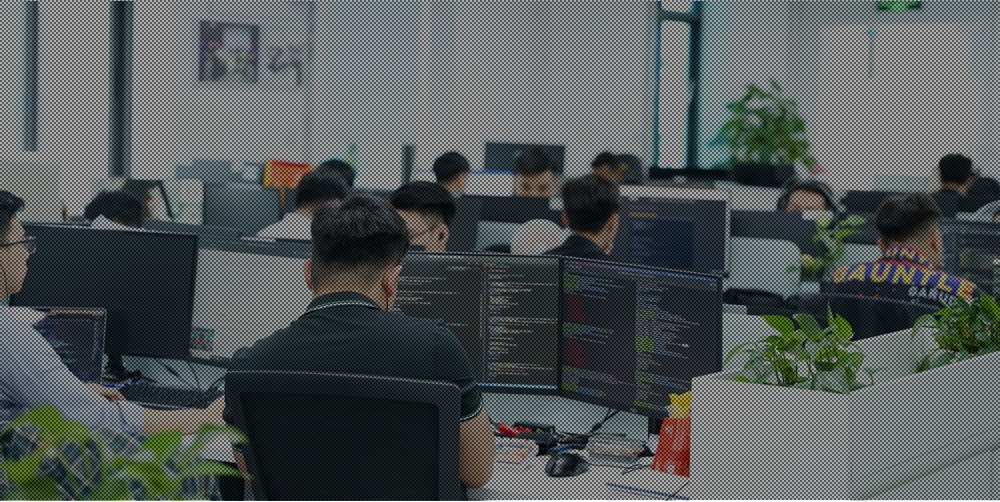
Top Leading
Software Outsourcing Company in Vietnam

Why choose us?

End-to-end services
TECHVIFY create all-in-one software solutions to address business challenges with consulting, architecture, development, and implementation.

Trustworthiness
Various businesses trust and recommend our services. TECHVIFY have implemented 100+ successful projects for clients and partners globally.

Priority of security
Prioritizing clients' data security, TECHVIFY adheres to stringent standards to guarantee all projects' utmost safety and protection.

Experienced professionals
TECHVIFY solution architects and senior developers possess the expertise to handle various projects utilizing cutting-edge technology proficiently. 100% can communicate in English fluently and work directly with clients without needing interpreters.
Technologies and Platforms We Work With
Case Studies
Revolutionizing businesses across industries with cutting-edge digital solutions
Implementation of Customized Billing Solution
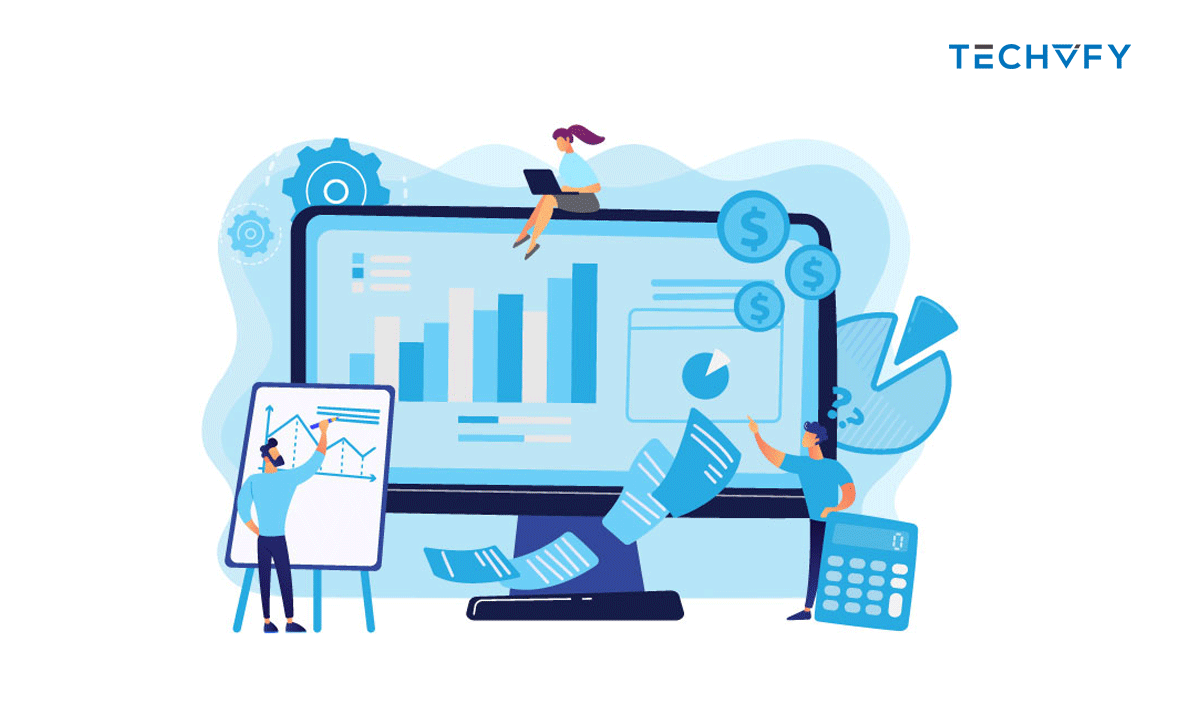
Create a Retail Facial Recognition Application
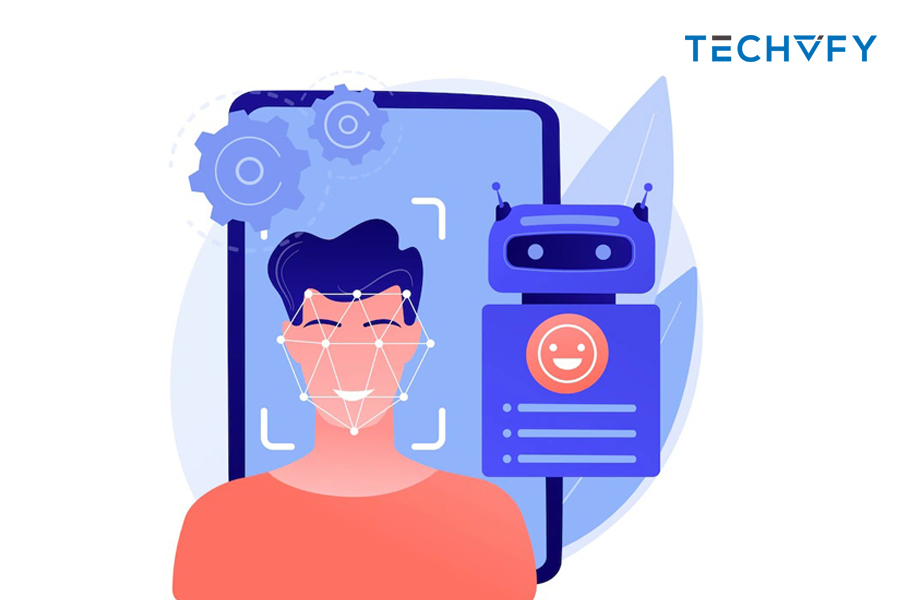
Build a Tailored-made Software for Salary Management System
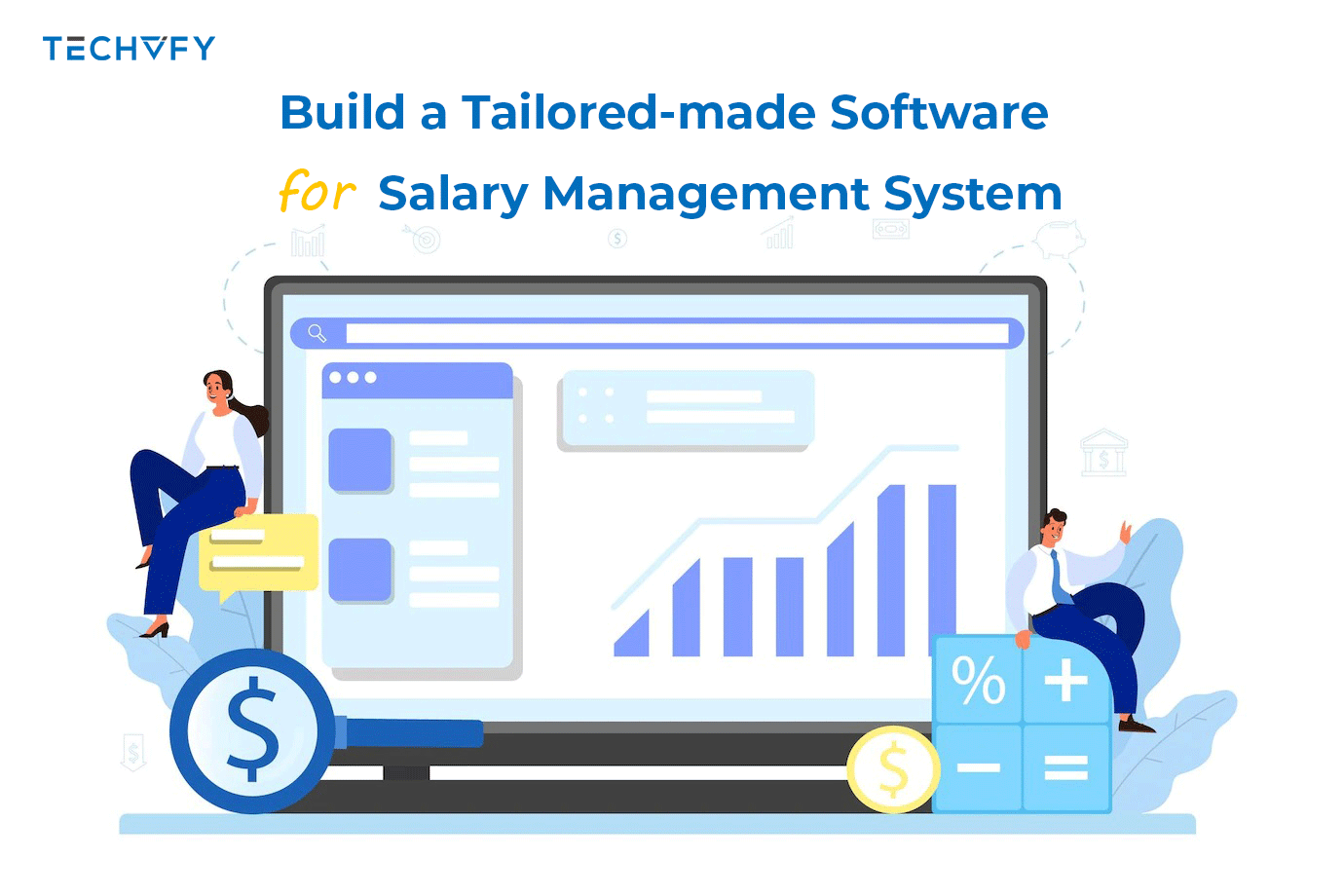
Building a Mobile-friendly Solution for e-Commerce
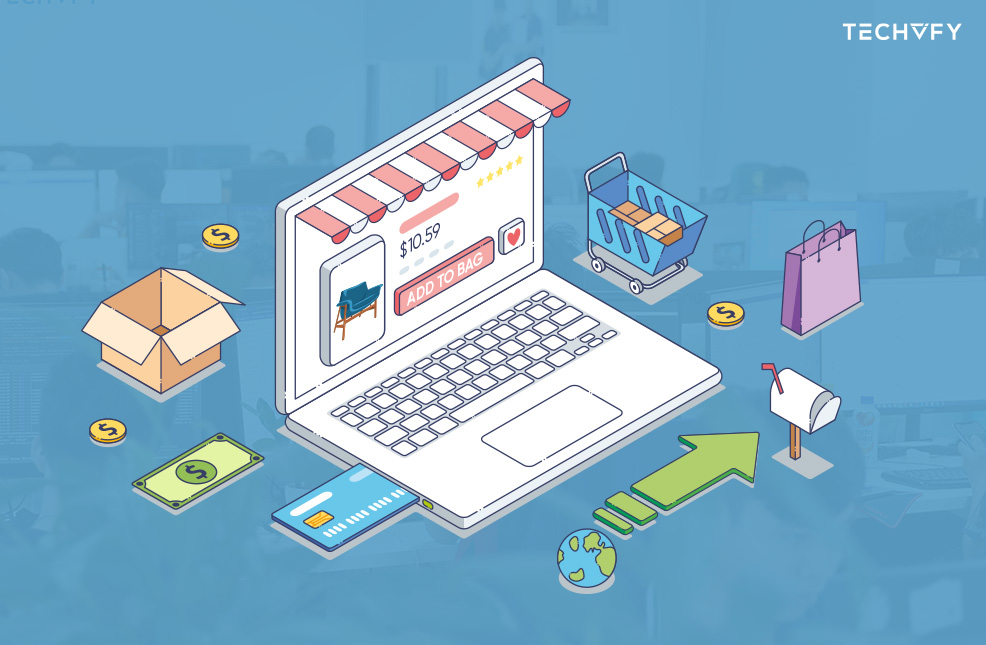
Building Initiative-Construction Professional Web Solution
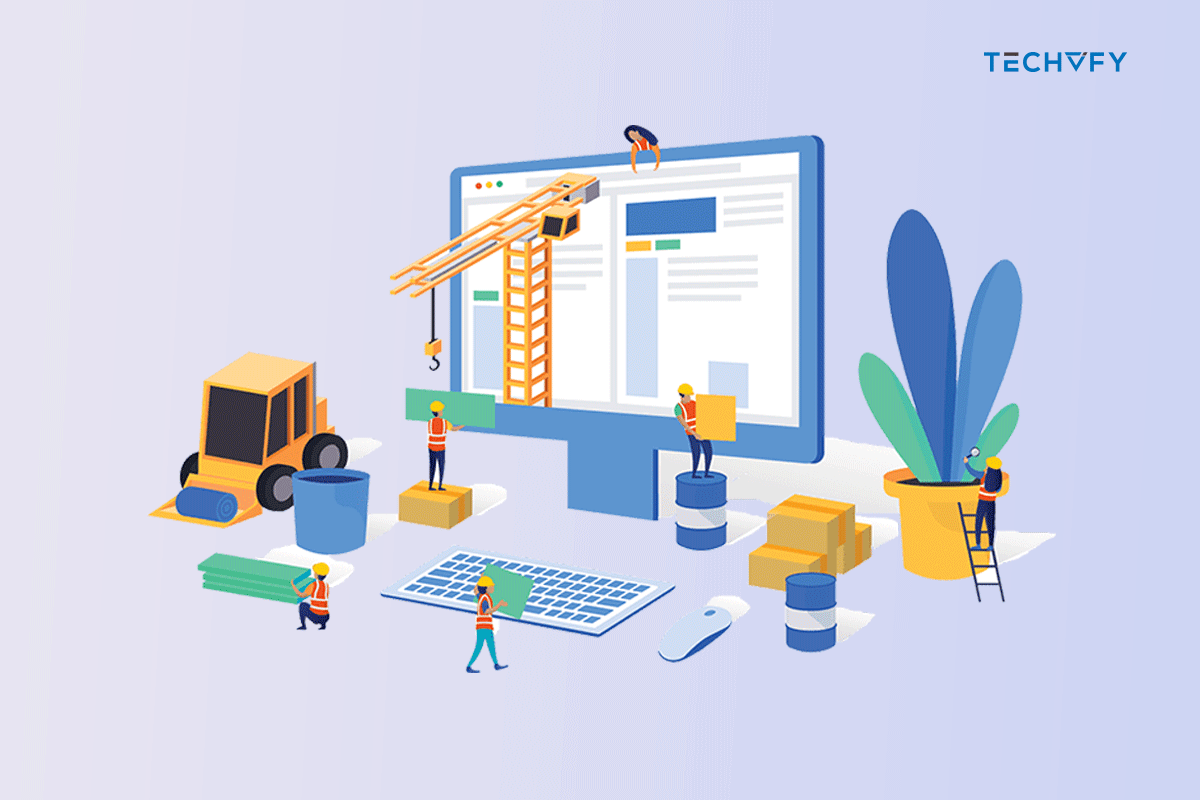
Testimonial
Trusted from Our Clients
Knowledge
Learn more about the highest quality writings on technology insights & news.
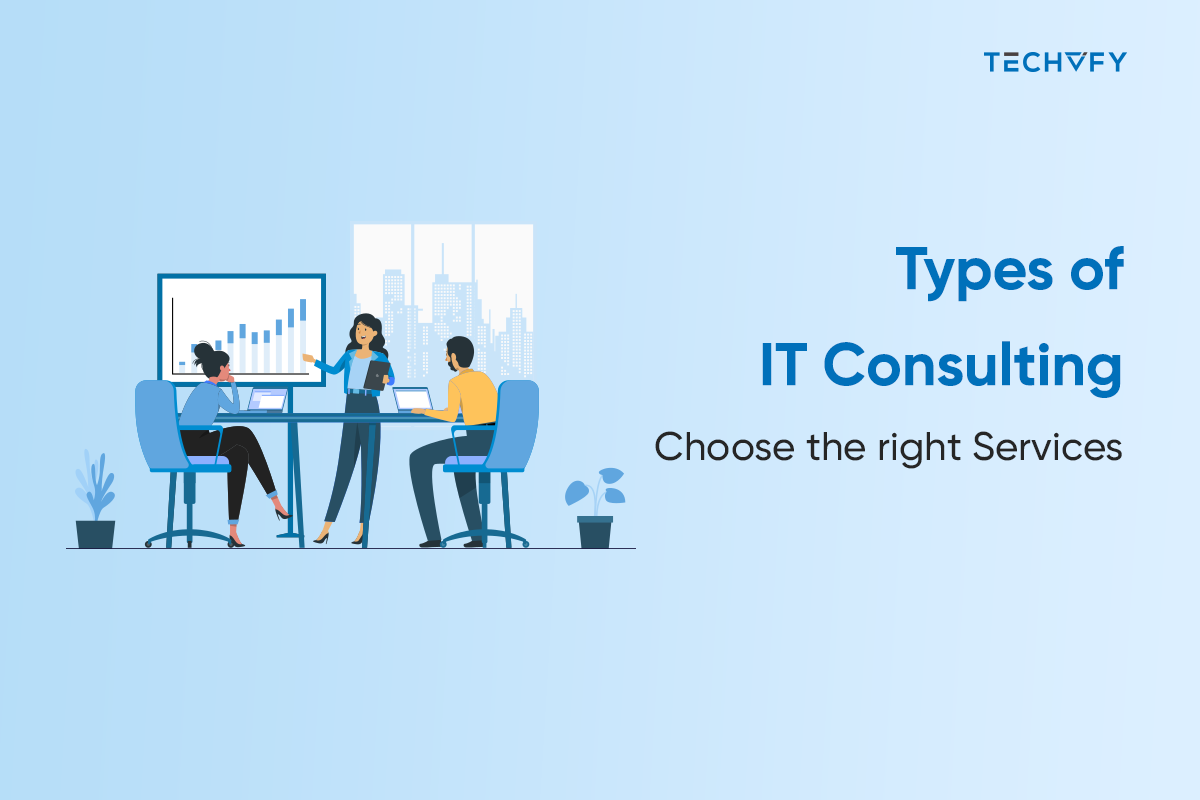
Discover Different Types of IT Consulting – Choose the right Services
The technology market and IT consulting services are estimated at $48 billion, about 20% of the global consulting market. Since 2011, this market has grown yearly, with a Compounded Annual Growth Rate (CAGR) of approximately 2.5%. Industry experts expect a big increase in demand for IT consulting services in the future, driven by major technological trends, including digitization, analytics, cloud, robotics, and the Internet of Things (IoT). According to ALM Intelligence, cited by Consultancy.eu in their ‘Market Segments’ section, IT consulting is narrowly defined. As a result, this segment accounts for less than a quarter of the overall industry. Including IT implementation, systems…
16:31 Apr 23rd
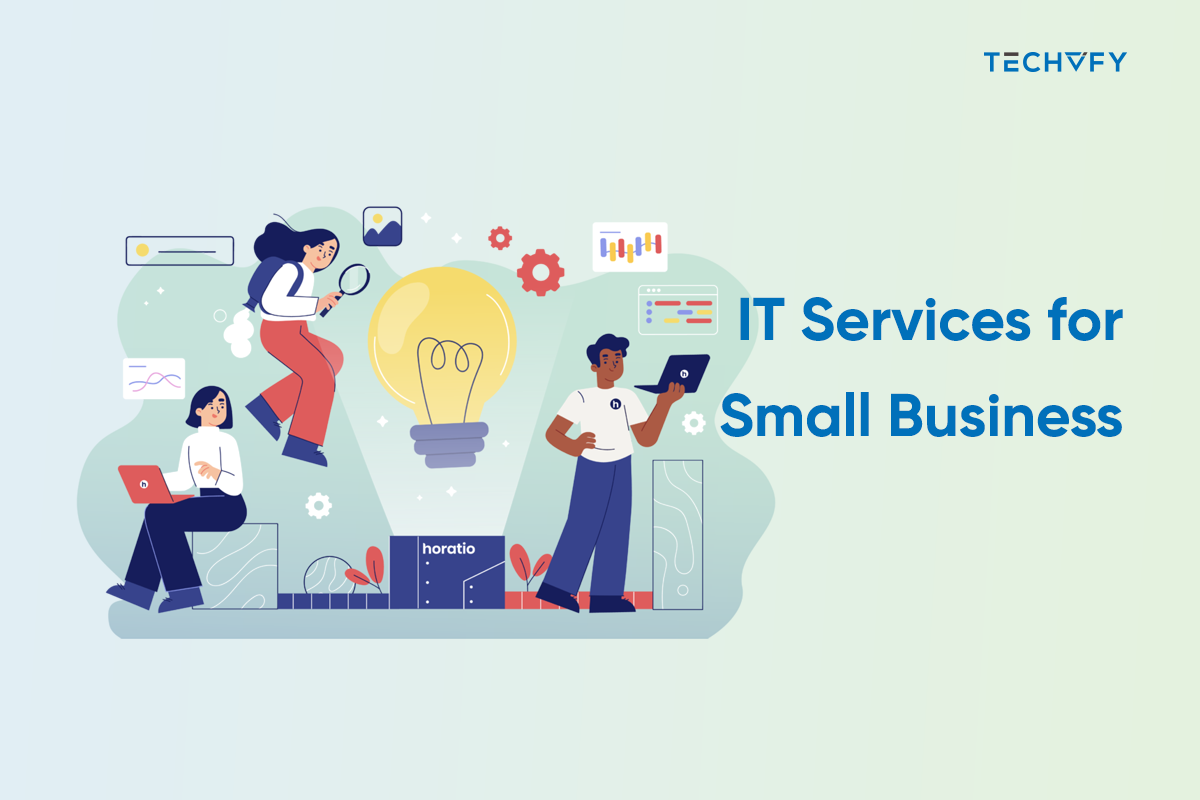
20 Must Know Outsourced IT services for small business
As IT plays a crucial role in our lives, IT outsourcing for small businesses and IT services for small business are becoming increasingly common. Managing IT solution for small businesses can be challenging. You could miss significant benefits if you overlook these outsourced IT services and outsource IT for small businesses. It is important to consider how these services can assist small businesses. Outsourced IT Support Statistics 53% of small to medium-sized business (SMB) owners feel they cannot match larger companies in IT spending. Outsourced IT for small businesses to a managed service provider (MSP) can help reduce these costs….
16:34 Apr 22nd

Generative AI in Manufacturing – Use Cases for The Future
AI is changing the manufacturing sector, with generative AI at the forefront of this transformation. This article explores how generative AI, known for its capability to create new content and solutions, is revolutionizing manufacturing operations. Generative AI leverages vast data streams to enable precise, data-driven decision-making, optimizing everything from production lines to product design. It offers distinct advantages by autonomously generating innovative solutions that enhance efficiency and spur innovation. However, integrating generative AI into traditional manufacturing setups poses challenges, particularly in areas that demand high emotional intelligence, where it may struggle. Despite these hurdles, the benefits are substantial. Generative AI…
16:30 Apr 19th
Let’s talk about your project!
Contact us now to solve your business challenge.
Our Latest Events
Stay up to date with the latest TECHVIFY news and recent events. We also regularly host in-depth technology seminars that you may want to attend.
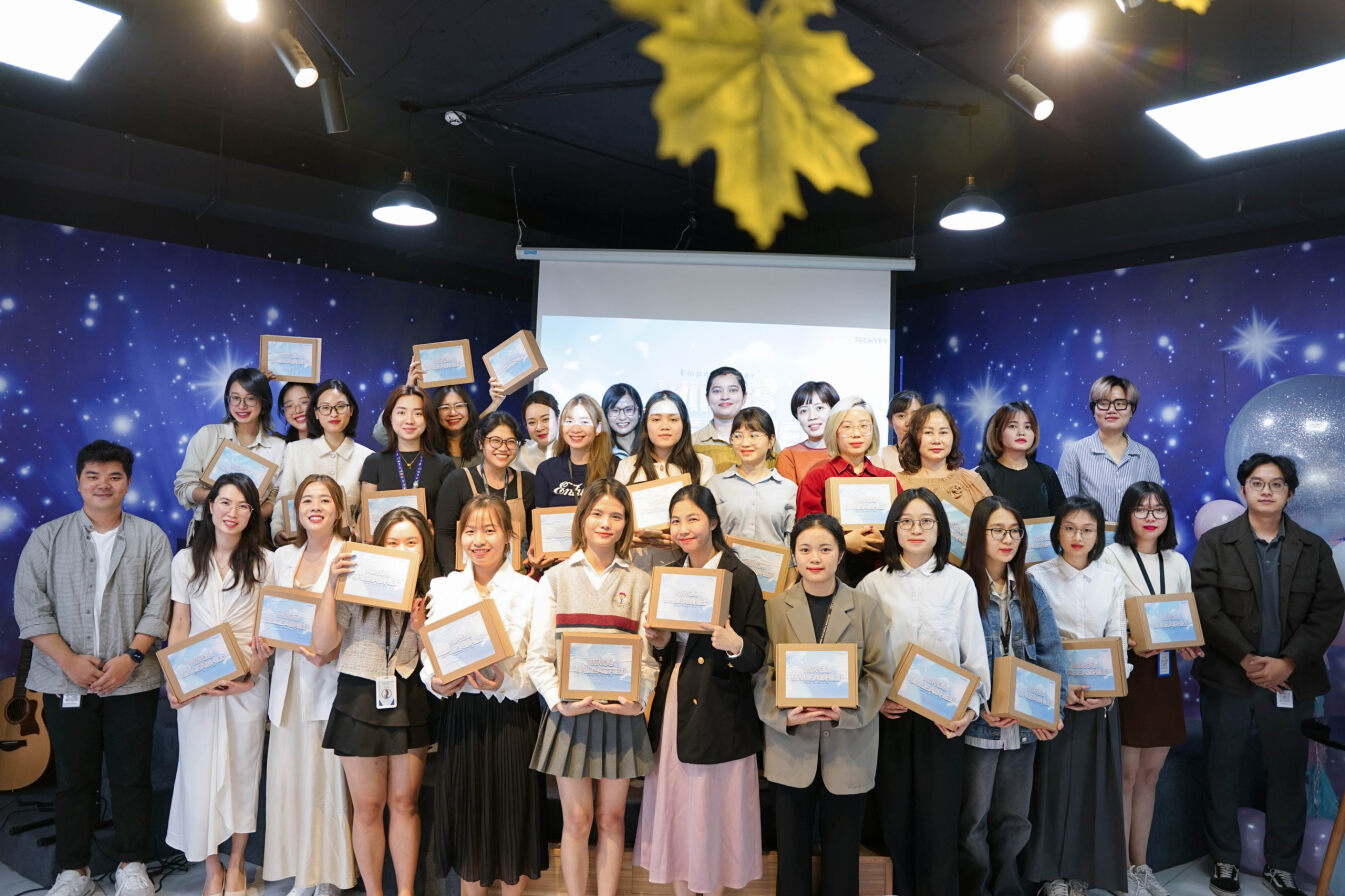
TECHVIFY’s “Angels” shine brightly in International Women’s Day
Joining the bustling atmosphere of International Women’s Day on March 8, an event to thank women with the theme “Wings Unleashed” was held full of laughter and happiness. This year’s March 8th event theme, “Wings Unleashed,” not only brings a meaningful message but also shows the company’s care and respect for women. TECHVIFY: Every woman has her own beauty, talent and full of bravery. In the eyes of male Techvifers, you are the “angels” who contribute to creating a vibrant and colorful TECHVIFY. That’s why TECHVIFY is always ready to support the necessary tools and resources for women to unleash…
13:35 Mar 11th
TECHVICON #28: Apply Scrum to real projects
For the first time as a speaker of Techvicon, Ms. Durin Nguyen led nearly 40 Techvifers (online and offline) with the very useful topic “Applying Scrum to real projects.” The topic was very attractive, lasting nearly 2 hours, attracting the attention of many managers such as Mr. Henry Pham – Head of Delivery, Mr. Larry Nguyen – Head of ITS, Mr. Johnny Chung – D2 Manager, Mr. Hai Nguyen – D5 Manager and other Techvifers. Coming to Techvicon number 28, Ms. Durin brought a lot of useful knowledge, from definitions and positions in the Scrum team, to Scrum 3-5-3 (3…
09:48 Feb 27th
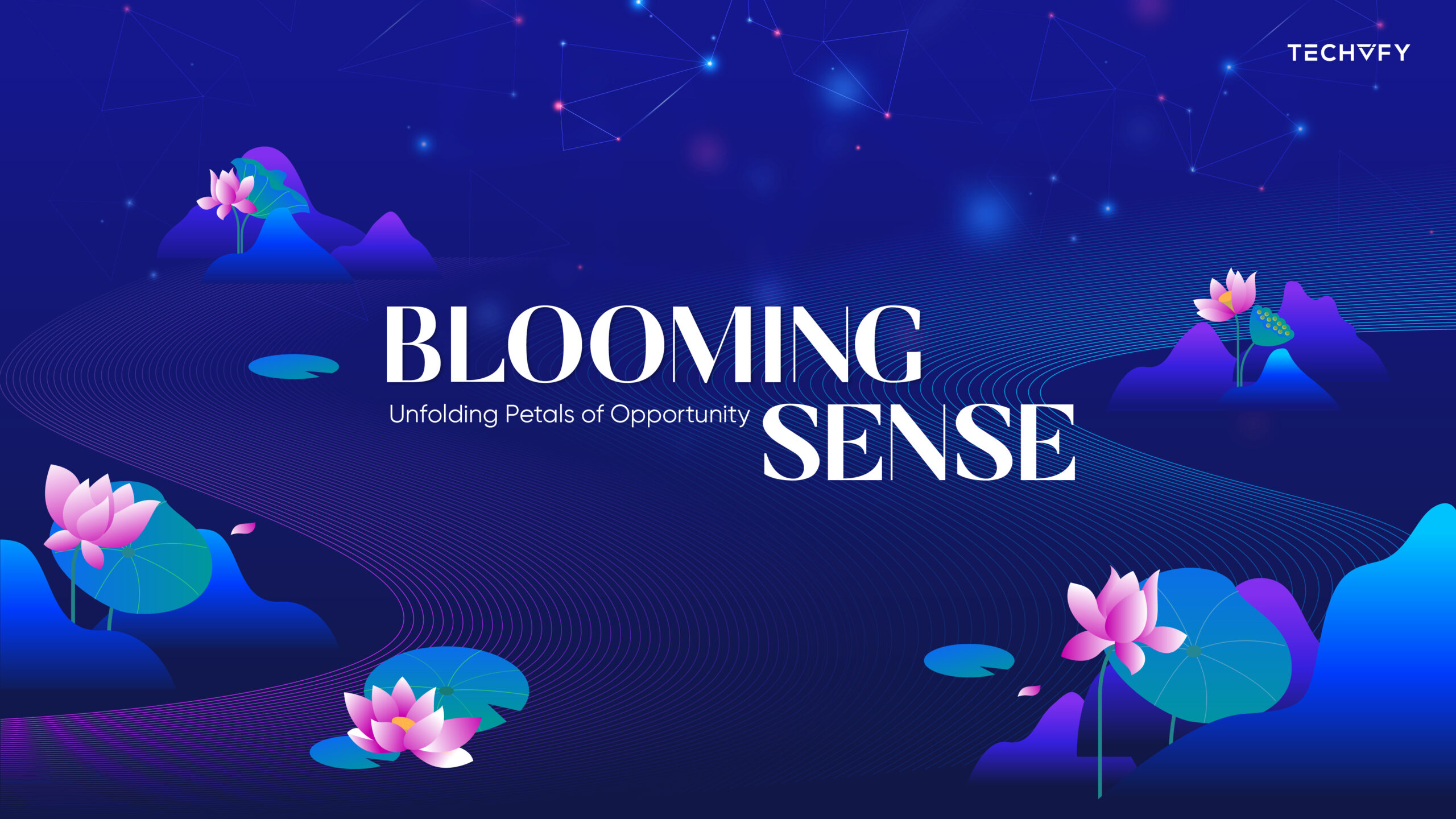
Blooming Sense: A Closing Mark for A Blossom 2024
On January 26th, 2023, TECHVIFY proudly celebrated Bloom Sense – A 2023 Year-end Party with nearly 200 employees and guests. This event marks an end to our 2023 journey, with successful collaborations and excellent contributions of TECHVIFY’s outstanding individuals. TECHVIFY officially chose “Blooming Sense” to represent the era of explosion and innovation ahead, all in alignment with our business’s core values: TÔN (Respect professionalism) TIẾN (Dare to think, dare to do) TẠO (Stay curios & open-minded) TÂM (Willing to share) Let’s take a look at the highlights of the party that day: Cultural Experience and Traditions The culinary experience featured…
17:36 Feb 2nd


